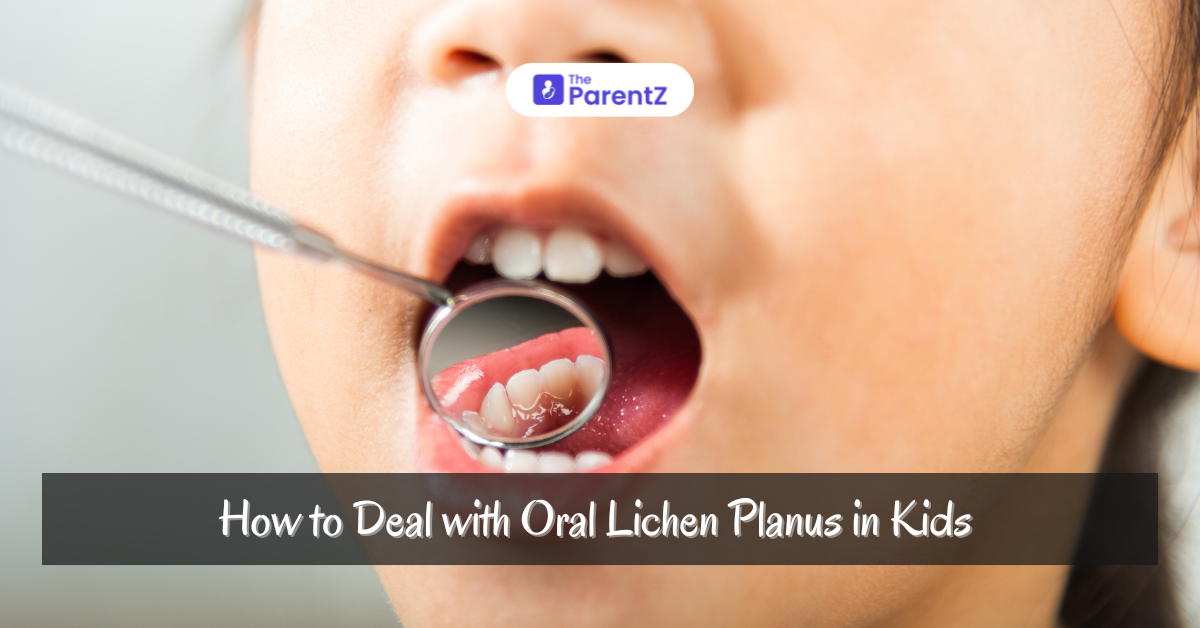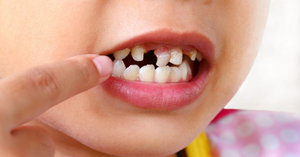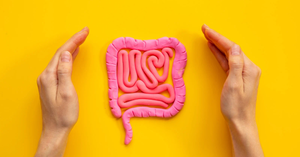Oral lichen planus (OLP) is a chronic inflammatory condition that affects the mucous membranes of the oral cavity. While it is often observed in adults, recent studies have shown that children can also be affected by this condition. Characterized by white, lacy patches or red, swollen areas in the mouth, OLP can cause discomfort and affect a child’s quality of life. Understanding the causes, symptoms, diagnosis, and management of oral lichen planus is crucial for parents, caregivers, and healthcare professionals to ensure early detection and appropriate treatment.
What is Oral Lichen Planus?
OLP is an autoimmune condition, where the body’s immune system mistakenly attacks its own tissues, leading to inflammation. In children, the exact cause of OLP remains unclear; however, it may be associated with genetic predisposition, environmental factors, and possible viral infections. The lesions can occur on the tongue, cheeks, gums, and other areas in the mouth. OLP may present in several forms, including reticular, erosive, and atrophic, each with varying symptoms and severity.
Symptoms of Oral Lichen Planus
The symptoms of OLP can vary widely among children. Common signs include:
- White Lacy Patches: These are often described as a "lace-like" appearance, primarily found on the buccal mucosa (inner cheeks).
- Red, Swollen Areas: In some cases, the lesions can be erythematous (red) and painful, particularly in the erosive form of the condition.
- Pain and Discomfort: Children may experience soreness, burning, or sensitivity, particularly when eating or drinking.
- Ulcerations: In more severe cases, open sores may develop, leading to increased pain and difficulty in oral hygiene.
Diagnosis
Diagnosing oral lichen planus in children involves a comprehensive oral examination by a dentist or oral pathologist. Healthcare providers will assess the appearance and location of the lesions and may take a biopsy to rule out other conditions, such as oral candidiasis or leukoplakia. Blood tests may also be conducted to check for autoimmune disorders, helping to confirm the diagnosis and tailor the management plan.
Management and Treatment
The management of OLP in children focuses on alleviating symptoms and preventing complications. Treatment options may include:
- Topical Corticosteroids: These are commonly prescribed to reduce inflammation and relieve pain. They are applied directly to the affected areas to minimize side effects.
- Oral Rinses: Antiseptic mouthwashes can help maintain oral hygiene and soothe discomfort.
- Avoiding Irritants: Parents are advised to help children avoid potential irritants such as spicy foods, citrus fruits, and certain oral care products that may exacerbate symptoms.
- Regular Monitoring: Ongoing follow-ups with a dentist are crucial to monitor the condition and adjust treatment as needed.
Conclusion
Oral lichen planus can be a challenging condition for children and their families, impacting not only oral health but also overall well-being. Early diagnosis and appropriate management are essential in mitigating discomfort and preventing complications. Healthcare providers play a vital role in educating parents about the condition, its symptoms, and treatment options. By fostering an understanding of OLP, caregivers can better support their children, helping them maintain a healthy and pain-free oral environment. Regular dental check-ups and open communication with healthcare professionals are key to effectively managing this condition.








Be the first one to comment on this story.